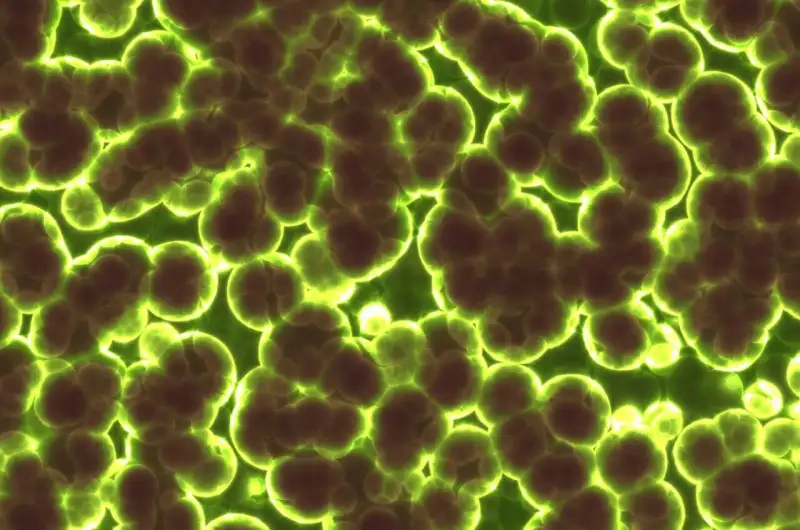Think of a future in which the terrible superbugs, those stubborn ones who resist antibiotics, even the most powerful ones, are finally tamed. A world in which a simple urinary tract infection does not require hospitalization and long intravenous administrations. It could be a reality within reach thanks to a New Zealand research team led by Dr Gale Brightwell.
The AgResearch team in New Zealand has demonstrated the antimicrobial effectiveness of a combination of two wavelengths of light against a known superbug, the. antibiotic-resistant extended-spectrum beta-lactamase-producing coli (ESBL-Ec).
Antibiotic Resistance: A Global Threat
The phenomenon of antibiotic resistance is a constantly growing danger, which increasingly threatens human and animal health. It is estimated that by 2050 it will cause the dramatic figure of 10 million deaths per year.
“There is an absolute need to develop safe and effective antimicrobial technologies that do not generate new resistance,” he explains Amanda Gardner, correspondent author of the study published in the Journal of Applied Microbiology (I link it here).

UVC light and Blue LED: watch out for those two
By combining the forces of far-UVC light (222 nm) and blue LED light (405 nm), scientists have found a way to knock out a number of microorganisms. This combination is much safer to use and handle than traditional 254nm UVC light.
THE. coli chosen for this research is known to produce enzymes that destroy commonly used antibiotics, making these drugs ineffective for treating infections. This antibiotic resistance reduces our available options for treating infections of this type, and potentially leaves us defenseless.
Two lights of hope for the future?
When far-UVC light and blue LED light join forces, their combined power becomes a real nightmare for microorganisms, thanks to different inactivation mechanisms. “There is great potential for these two wavelengths of light to be used together in many applications where safety for the end user is of utmost importance,” says Gardner.
Further work is needed to understand whether E. Coli can adapt and end up tolerating this too. “bombardment” of light, and understand whether this risk can also develop in other bacteria that resist antibiotics.
Meanwhile, the lights are on for our future health.


